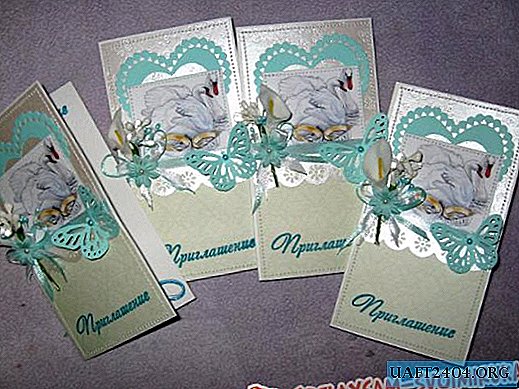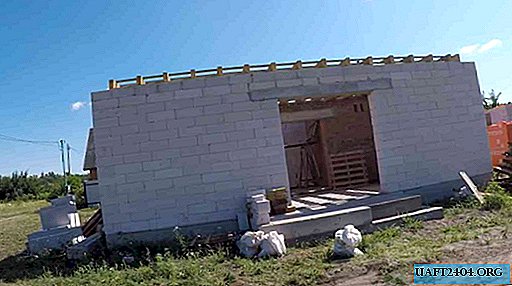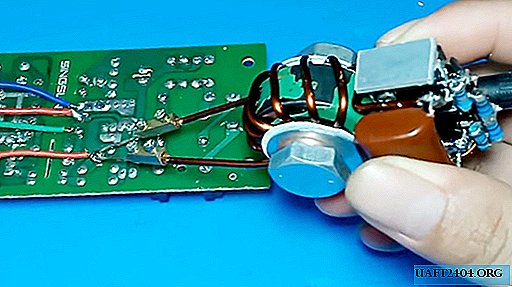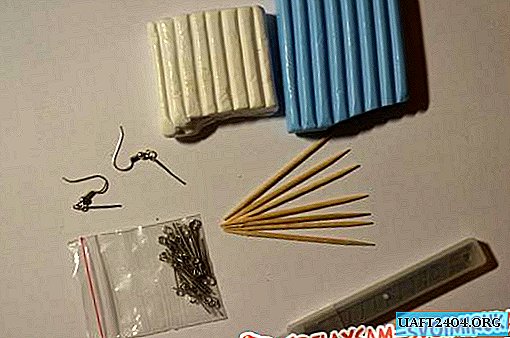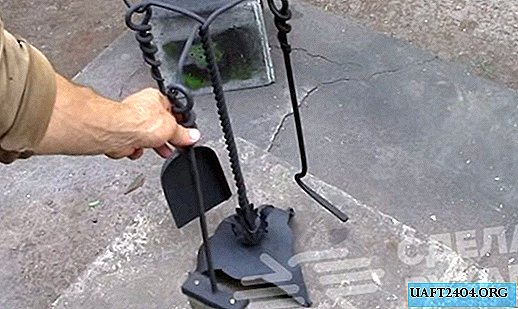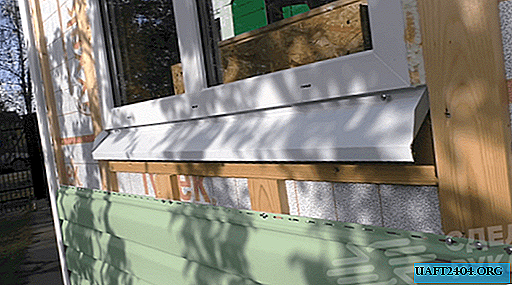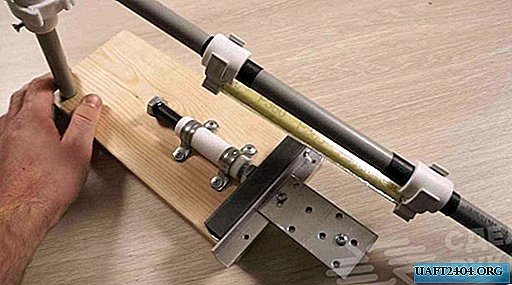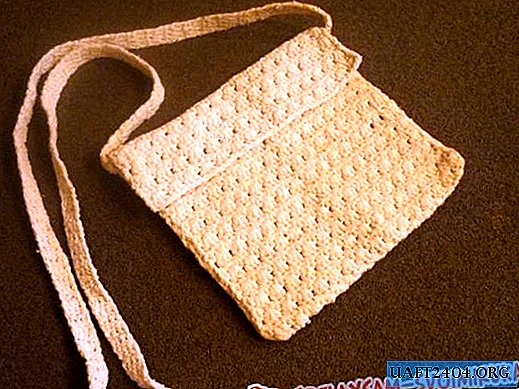Share
Pin
Tweet
Send
Share
Send
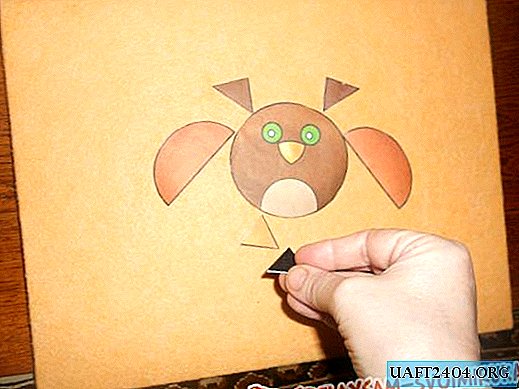
This didactic device is quite simple both in use and in manufacture. Children really like to play with him on their own, and it is very convenient for an adult to conduct training sessions with them.
Its main property is the presence of a fleecy fabric surface on which paper applications are applied, the wrong side of which is also pasted over with either a fleecy fabric or velvet paper. By the way, it should be noted that velvet paper is much better, since it holds the picture more firmly in a vertical position on the flannelograph.
You can simply hang on the wall a fleece or a piece of flannel, drape or velvet. But here it is necessary to keep the fabric with the help of nails, which can be traumatic, since it is necessary to hang matter at the level of children's growth. Therefore, the manufacture of a portable flannel graph will be more practical.
There are also two manufacturing options:
1. pulling the fabric on the frame;
2. sheathing or upholstery with a wooden, plastic or cardboard plane with a cloth.
It is necessary to consider in more detail the manufacturing method using the casing.
1. To do this, you need a fleecy fabric (drape, flannel, fleece or velvet), a plane intended for sheathing, and a needle with thread. The fabric is taken larger than the area of the plane itself.
2. The plane is superimposed on the fabric.
3. The fabric is tightly stretched and wrapped around the sides of the plane. You can even sprinkle a piece of material on the front side of the flannel graph so that its tension increases after drying.


4. On the seamy side of the flannelograph, the edges of the fabric are fixed with threads, similar to how packages are sewn up in the mail. If the edges of the matter do not converge, it is permissible to tighten them with threads.

5. Details of the applique or whole figures cut out.
6. Stick them on velvet paper so that the fluffy part of the paper is on the wrong side of the applique.
7. Cut pictures.
8. Flanelegraf installed vertically, it is possible with a slight slope. On the front side, the details of the application are applied with the velvet side to the fleecy fabric. Details are pressed slightly, they hold onto the fabric and do not slip.







You can teach children the ABC in this way: an adult overlays the pictures, and the child places letters under them that begin with the word denoting what is depicted. You can "stage" the tales "Turnip", "Gingerbread Man" or "Geese - Swans." You can also learn to count by arranging counting material: pictures of apples or animals and numbers indicating the quantity. In general, the field for the imagination of an adult is boundless!
Share
Pin
Tweet
Send
Share
Send

